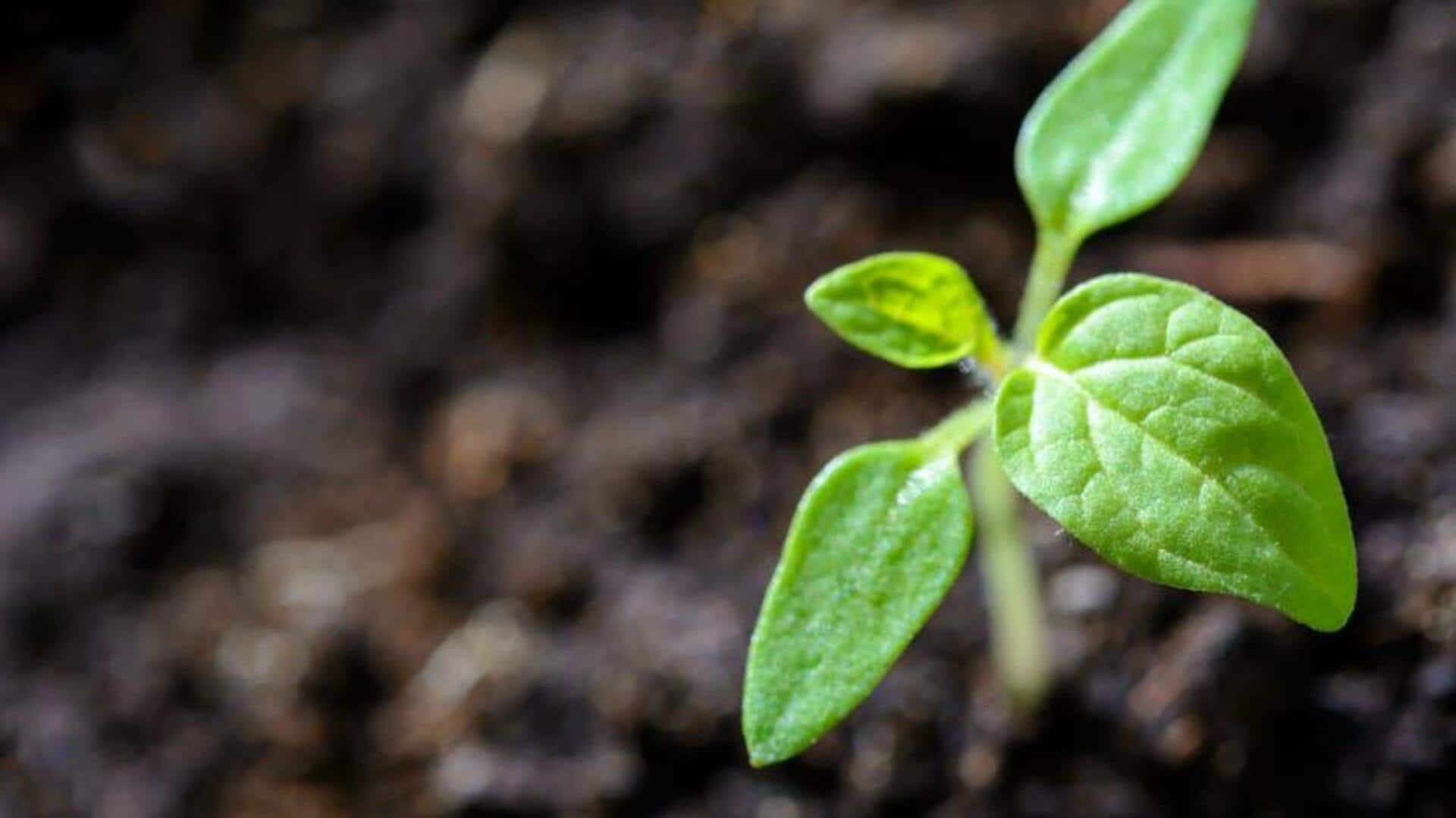
What exactly is vermicomposting with coffee?
What's the story
Vermicomposting is an effective way to enrich soil quality and promote the health of plants. By adding coffee grounds into vermicompost, gardeners can get a nutrient-rich boost for their potted plants. Coffee grounds have high nitrogen content, which is a must for plant growth. Here, we explore how coffee grounds can be added to vermicomposting to make your potted plants healthier, with practical insights and tips for gardeners.
Nutrient boost
Benefits of coffee grounds in vermicompost
Coffee grounds are rich in nitrogen, which is an essential nutrient for plant growth and development. When mixed into vermicompost, they contribute to a balanced nutrient mix that can improve soil fertility. The presence of other minerals such as potassium and phosphorus also helps in keeping plants healthy by promoting root development and flowering.
Application tips
How to incorporate coffee grounds
To use coffee grounds effectively in vermicomposting, it's essential to balance them with other organic materials, such as vegetable scraps or shredded paper. This prevents the compost from becoming too acidic or compacted. Regularly mixing small amounts of coffee grounds into the compost pile will keep an optimal environment for worms and microbial activity.
Troubleshooting issues
Potential challenges and solutions
While beneficial, excessive use of coffee grounds can also lead to problems like acidity or mold growth in compost piles. In order to avoid such issues, restrict the amount of coffee grounds to no more than 20% of the total compost volume. Regularly turning the compost pile will also help aeration and prevent compaction.
Observation techniques
Monitoring plant health with vermicompost
After applying vermicompost enriched with coffee grounds, keep an eye on your potted plants for any signs of improved health like vibrant foliage or increased growth rates. If you notice any adverse effects, tweak the composition by reducing coffee ground content or adding more carbon-rich materials like dried leaves or straw.